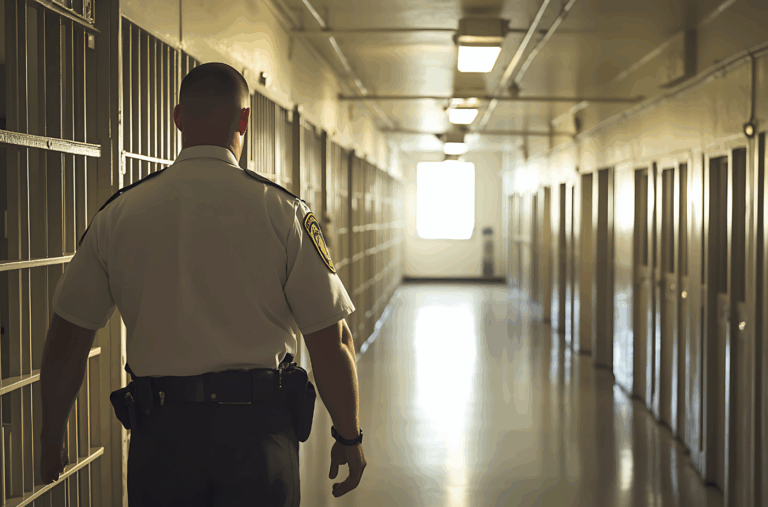Drugs make their way into jails despite our best efforts, and it’s up to us to keep our staff and inmates as safe as possible. The recent surge of fentanyl overdoses and stories of dangerous exposure have many corrections professionals on high alert, and it’s time to take action to create a safe environment for staff and inmates alike.
From 2012 to 2015, the latest CDC data available, deaths from synthetic opioids like fentanyl increased by 264%. Fentanyl is 50-100 times more potent than morphine, and it’s often mixed with or substituted for other drugs with or without the user’s knowledge.1
When (not if) fentanyl makes its way into your jail, what can you do to keep staff and inmates safe? Here are a few ways to start:
- Make sure your staff has ready access to PPE, including masks and gloves. Your team is probably already wearing masks, which can help in the highly unlikely event that a concentrated amount of fentanyl is suspended in the air. And although it’s also highly unlikely your team would experience dermal exposure in the quantity/duration needed for an “overdose” to occur, the American College of Medical Toxicology recommends the use of basic nitrile gloves when handling fentanyl.2
- Follow basic guidelines for handling all illicit drugs. These include refraining from touching eyes, nose or mouth after touching any surface that may be contaminated, washing thoroughly with soap and water (not hand sanitizer, alcohol, or bleach, which may increase dermal drug absorption), and changing and disposing of PPE properly after exposure.3
- Train your team to recognize the signs of an overdose. A fentanyl overdose may result in changes in pupil size (pinpoint pupils), respiratory distress or failure, clammy skin, a bluish skin discoloration called cyanosis, or a coma.4
- Have Naloxone on hand, and train your team to use it. Naloxone is an antidote to opioid-related overdoses, but it will not be able to reverse the effects of fentanyl overdoses in all cases, and it will not reverse overdoses from other non-opioid drugs.3 The latest medical advice is to use Naloxone for those experiencing objective signs of an overdose, and not for those reporting only dizziness or anxiety.2
Maintaining safety in your jail is your top priority, and drugs like fentanyl can make that an incredibly difficult task. Educate yourself, educate your team, and ensure your processes and protocols give your team the tools they need to stay safe.
We’re here to help. Refining your processes and getting the right technology support in place can be a game-changer in your fight against fentanyl, and we’re right here with you. Give us a call today.
1 Centers for Disease Control and Prevention
2 American College of Medical Toxicology
3 National Institute for Occupational Safety and Health (NIOSH)






